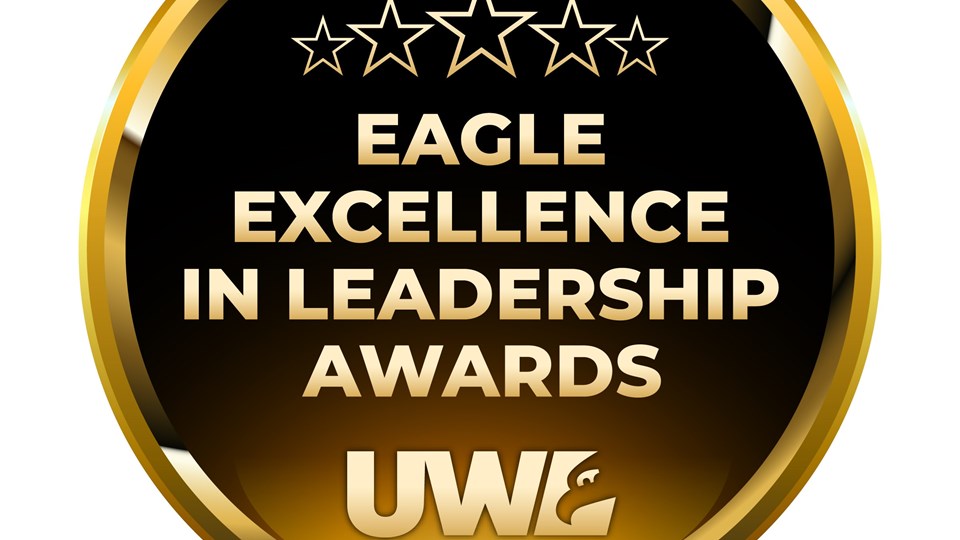Organizational Development Services
A page within Human Resources
Organizational Development
We offer an array of consulting services from customized workshops to coaching and assessments. Once we receive your request, one of our consultants will reach out with a personalized learning plan to meet your needs.
Organizational Development
We have a variety of tools and assessments; your HR Partner will guide you to the best option. This service includes a one-on-one meeting to help you put the feedback into action. Assessments are commonly used for professional development.
Last modified: 01/19/2020
Coaches are trusted advisors that provide a sounding board for your strategies, needs, and goals. They help you challenge old beliefs and inspire new ones.
Coaching is used primarily to help an individual leader:
- Gain insights about leadership style and preferences,
- Develop skills or behaviors critical for success, and/or
- Provide strategic advice for managing organizational change, politics, culture, etc
Coaching works best when deployed to:
- Help a leader take on a new role;
- Meet a specific challenge;
- Prepare a high potential leader for a future role or;
- Help a new leader assimilate into a new organization.
A senior leader who requests coaching for a direct report must be willing to deliver some initial feedback to her/him about why coaching is recommended, have involvement in developing agreed-upon goals and to stay engaged by providing on-going feedback and support during the coaching engagement.
Matching the right coach to a leader on the basis of chemistry, skill specialty, industry and experience is very important. If the chemistry is not right, another coach should be identified.
What to Expect
Typical duration is three to six months if the need is to develop new skills or assimilate into a new leadership role.
Attempts to “remediate” dysfunctional, patterned behavior through coaching rarely works; a person being coached has to be open to feedback from others and willing to change for coaching to be successful.
Internal vs. External Coaching
We recommend using internal coaches for the front line and some mid-level leaders, depending on the situation.
External coaches with strong coaching and prior leadership experience are usually the best choice for some mid-level managers and most senior-level leaders.
Your HR Partner will screen, orient, and have available a number of internal and external coaches who can be called on as needed to work within the organization.
Measuring Success and Deployment
Most skill or behaviorally focused coaching is measured by the degree to which new skills or behaviors are observed on-the-job. Supervisors and/or team feedback is essential in this case.
When a leader or HR Partner identifies a potential need for a coach.
The HR Partner will identify one to two potential coaches, and work with the The person to properly match either an internal or external coach to an internal leader. If none of the identified coaches are acceptable, more possibilities will be provided until the leader feels comfortable with the selection.
Once a coach is chosen, our standard practice will be for the coach to meet with the “client” and the client’s “sponsor” at the beginning of the process to:
- Set goals and desired outcomes
- Set expectations for delivering feedback, assessing progress, and managing confidentiality
- Establish a tentative timeline, including coach/client/sponsor progress checks
The HR Partner will then assume responsibility for managing the contract, except for financial management, with the coach from start to finish, to monitor progress in collaboration with the sponsor, to gather evaluative feedback during and after the coaching work to ensure that desired outcomes were achieved, and to manage the closure of coaching engagements.
Last modified: 02/05/2020
The UWL Engagement Survey is a system-wide survey that allows our organization to establish data benchmarks and compare team members' responses with those from comparable, highly-esteemed organizations. The results and data gathered from the survey help inform decisions and influence change in the work lives of our team members.
Last modified: 01/19/2020
Organization Development enhances your team’s efficiency and effectiveness through events such as organizational structural changes, change management implementation, leadership development, and team building.
Last modified: 01/19/2020
INTAKE
Requests for services are collected by our HR Partners. The assigned consultant contacts the client to discuss the "presenting problem" and assess the "true" nature of the request and determine the next steps.
THE CONTRACT & CONTRACTING CONVERSATION
"Contracting" is a conversation with the client to reach an agreement on the scope of work, roles and responsibilities, and important components of the process. In most cases, we also have a contracting conversation with the client's "sponsor," generally their immediate supervisor. We use a standard template to guide conversations with clients, which we're happy to share upon request.
Upon completion of the conversations, the Consultant will send an email to the client and sponsor, with a cc: to the TCHRO. The email will summarize the agreement(s), provide an initial timeline, clarify roles, and state costs for any materials if applicable. This email constitutes the "contract."
DATA COLLECTION & DISCOVERY
Discovering the root causes of the problem can be done in a variety of ways — structured interviews, focus groups, observation, assessments, reviewing scorecards, benchmarks, financial information, etc.
Our team uses a variety of models as a template for determining which areas to explore. Each discovery process is customized as needed.
DIAGNOSIS /ANALYSIS
Once enough data is collected (when it starts to get redundant) we review it all, do a comparative analysis of quantitative data and determine key themes in qualitative data. Those themes are shared during the next phase.
FEEDBACK
Feedback is done face-to-face and is available for the sponsor, client, and the group if applicable. A written summary of the findings may be provided. Specific interventions and/or next steps are typically agreed to during the feedback meeting(s).
EVALUATION
Evaluation of the process can be done via survey, anecdotal evidence, changes in scorecards and data points, or some combination thereof. The work cycle may begin again depending on the findings of the evaluation.
If it is completely new work in scope or nature a new Intake Form should be completed by the requesting client. If it is an addition to existing work, the Organizational Consultant should add a description of the new, agreed-upon work to the "Activities" column on the Talent Development and Tracking Form.
Last modified: 01/19/2020




